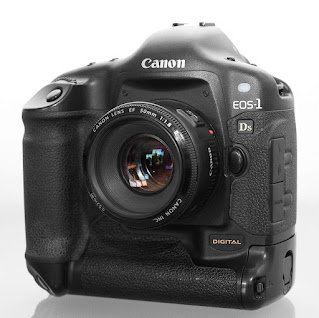James Nachtwey, one of the most respected war and documentary photographers of our time, is known for prioritizing storytelling and discretion over flashy gear.
While he’s used various equipment over his decades-long career, here’s a breakdown of the camera gear he is known to have used:
Cameras:
Historically:
-
Nikon film cameras (e.g., Nikon F3, F4, F5): During the 1980s and 1990s, Nachtwey used Nikon SLRs for 35mm film work in conflict zones.
 |
| Nikon F3 F4 F5 |
-
Leica M6: He occasionally used a Leica rangefinder for its compactness and quiet shutter—ideal for being unobtrusive.
 |
| Leica M6 |
In the digital era:
-
Canon EOS digital cameras: Since the mid-2000s, Nachtwey has been seen using various Canon DSLRs, such as the Canon EOS 1Ds, the Canon EOS 1v or the Canon EOS 5Ds. The full-frame sensor and excellent low-light capabilities suit his often dimly lit environments.
 |
| Canon EOS 1Ds |
 |
| Canon EOS 1v |
 |
| Canon EOS 5Ds |
Word from someone who attended a workshop with him in 2005:
"He uses Canon 1V with 16-35, 24-70, 24 1.4 and 35 1.4. Sometimes he used a Leica
M6 with 35 f2. He uses digital (1Ds MkII) only when time constraint is an issue."
Lenses:
Nachtwey favors prime lenses and sometimes short zooms—lenses that allow him to work close to his subjects and remain discreet. His lens choices typically include:
-
24mm, 28mm, 35mm, and 50mm primes — for working intimately and immersively in the scene.
-
70–200mm zoom — occasionally, when working at more of a distance, though less common in his style.
Other Notables:
-
Black-and-white film (Tri-X was a favorite in his film days).
-
Minimalist setup — Nachtwey famously travels light to stay agile in conflict zones. He often carries just two bodies with different focal lengths.
Philosophy Behind the Gear:
Nachtwey has said in interviews that the gear is secondary to the mission. He chooses equipment based on reliability, discretion, and image quality, but never lets it overshadow his intent to tell human stories with dignity and depth.
